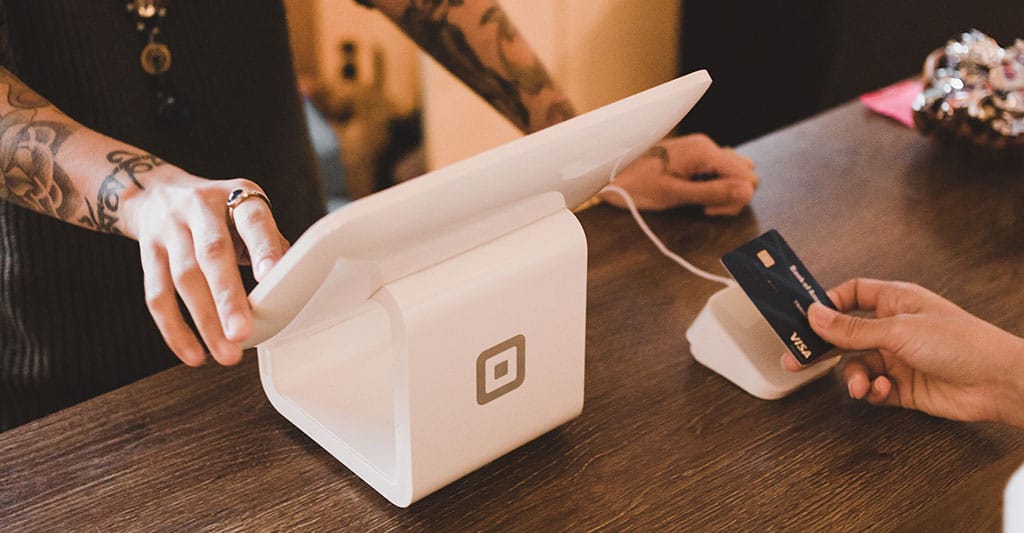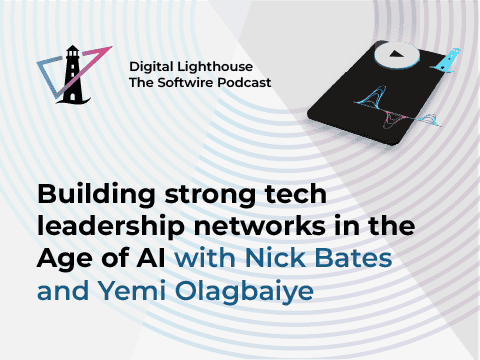
What will the specialist banking market look like in 2020? Will the market be vastly different by 2020, or will we see just small changes? What will be the biggest change by 2020? How will brokers and banks adapt to this?
The banking market is starting to reach the same type of tipping point we saw in the music industry, where the digital channels are putting pressure on revenues and triggering a redefinition of service. Transition times to new platforms or new technologies generally takes a few years and the aftermath requires experienced attention, but to keep competing in the financial space organisations need to look ahead and act now.
Physical branches have a high-fixed cost, and banks are recognising that unless they find a way of being more productive they will need to find a way of significantly reducing. In fact, as hard as it may be to believe, by 2020 it’s likely that traditional branches will be obsolete. Instead consumers may find their ‘branches’ co-existing in coffee shops, or only in flagship format.
In order to adapt to this and combat their lack of physical presence, banks will have to focus on their digital customer experience. The only way to compete in a market will be to offer a seamless integration of sales and services, with banks organising themselves around customers rather than products or channels. Many of the larger banks will be well on their way to a seamless integrated channel experience as they can’t afford not to. On the flip side, smaller banks will struggle and will either have to partner with 3rd party sources or get swallowed up through mergers and acquisitions.
Cash usage amongst consumers is already dropping and some digital transactions are considered the norm in the banking sector, however the future will see every aspect of banking being available through mobile devices. Mobile payments will completely displace real wallets, whilst further innovation will take place for micro payments – taking cash fully out of the equation. Customers will have one (or many) financial partners and through mobile they’ll have access to all their relevant financial information in real-time to help them make the right financial decisions in their day-to-day activities.
Blockchain, IoT and wearables will also be driving bank interactions, but with this comes cybers security concerns. Banks will need to tread cautiously, with security taking more of a centre stage in banking platform development. Cyber security will be key to trust and expectations about security of information and privacy will be even higher.
And as the opportunities for banks to interact with customers face-to-face diminishes in 2020, smartphones will dominate service delivery and interaction. We will also see Chatbot and AI driven conversations become commonplace, helping to speed up the on-boarding process and robo-advice will be a standard practice to reduce the likelihood of human error.
Increasing the use of technologies such as these however, does mean that the opportunities for human employees are downscaled. This will result in the talent pool will eroding due to diminishing levels of compensation and people starting to look at other more attractive opportunities outside of banking. This will leave an internal skills gap, resulting in banks needing to ensure they collaborate more with software companies to provide a maintained higher grade talent pool to combat the transition challenges and lead the reformation of these companies.
Aside from the banks, Fintech is also set to go through its own disruption phase as smaller providers fold and larger providers either partner with banks or are swallowed up by them. This will be due to funding drying up, regulations increasing, or there just being greater synergies to capitalise on between FinTech companies and innovative banks.
Overall, 2020 will see banking as a platform increase, this doesn’t mean giving away the customer experience to Fintech startups and tech giants, but instead enhancing the customer experience by tying in finances to services and systems already used.
This article was covered in:


